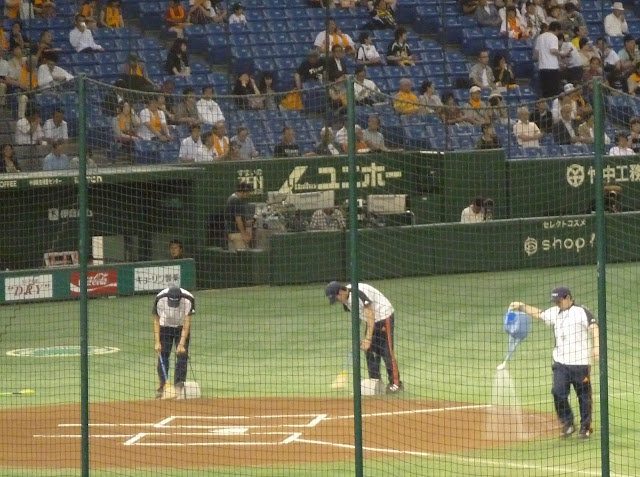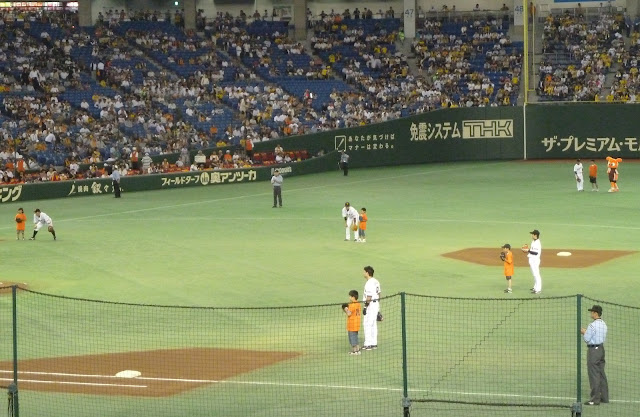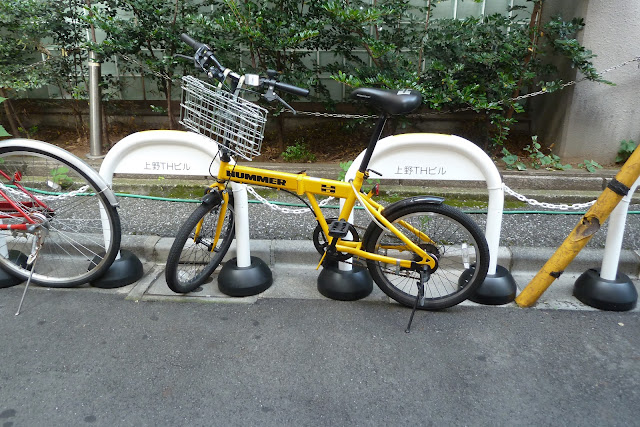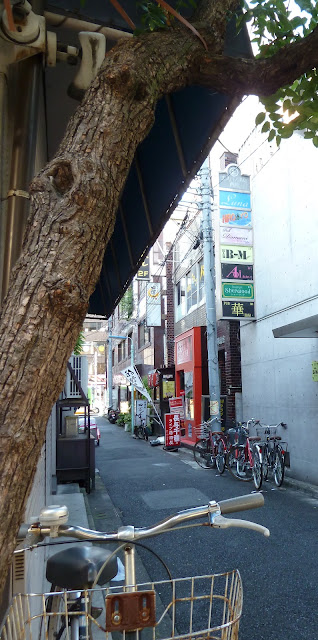Is this as good as it gets?
Recently my husband and I tucked the kids into bed and suddenly found ourselves nostalgic for Takayama,the charming and welcoming city nestled into Japan's mountainous Hida region:
Though most nights our meals were served kaiseki style in our tatami room,
on one special evening, we ventured across the street for a meal at the Honjin Hiranoya Kachoan, the contemporary sister hotel to our Japanese inn.
The Kachoan features a small and lively contemporary restaurant, where the sushi chef will feed you bite after unforgettable bite, until you simply cannot eat any more.
Our sushi chef made his own special salt for his sushi rice and left no detail to chance:
 |
| First the salt is blended and left in the sun, |
 |
| and when dried and ready to use, it look like this. |
 |
| Tomato sushi |
 |
| What's that in the center? Fatty tuna (toro) or Hida beef (Hida-gyu)? I'll never tell. |
 |
| Before... |
 |
| After...just too full to finish right now...need to wait a few minutes. |
The cure? "Jiro Dreams of Sushi", a fascinating documentary about Jiro Ono, the octogenarian owner of Sukiyabashi Jiro in Tokyo.
Jiro is one of the foremost sushi chefs in the world, and David Gelb's film focuses on the chef's life-long obsession with perfecting sushi. Under Gelb's direction, "Jiro Dreams of Sushi" is as much a romanticized American hagiography of Japan as it is a documentary, but that is also part of its charm. If you enjoy sushi, you'll find the movie fascinating, but I have admit, I walked away thinking: "Sushi can be sublime, but this is not as good as it gets."
If you really want to delve into the luscious world of Japanese cuisine, you must go far beyond sushi, tempura, and the limited fare most Americans encounter, whether in Japan or the U.S. Unquestionably the best person to lead you on this culinary and cultural journey is Elizabeth Andoh. A native New Yorker, Ms. Andoh has lived in Japan almost continually since the 1960s, and she is a graduate of the Yanagihara School of Classical Cuisine in Tokyo. Her Japanese is impeccable, as is her attention to the details inherent in the history, culture, and flavor of Japanese food. Ms. Andoh understands that she is bringing to light a story with many ingredients, and her telling is masterful.
Here she describes the principles behind Japanese food and culture:
In Washoku: Recipes from the Japanese Home Kitchen, Ms. Andoh introduces the reader to what may be described best as Japanese home cooking, and it is a fascinating and delicious adventure. In Kansha: Celebrating Japan's Vegan and Vegetarian Traditions, Ms. Andoh educates the reader on the spiritual and environmental awareness inherent in Kansha cooking. As satisfying as both these books are, Ms. Andoh's finest achievement may well be her latest endeavor: Kibo ("Brimming with Hope"): Recipes and Stories from Japan's Tohoku.
As described by the publisher, Random House Digital, Kibo:
"is a heartfelt and fascinating tribute to the food, traditions, and courage of the people of Japan’s Tohoku region before and after the devastation of the earthquake and tsunami of March 11, 2011." In addition, the publisher explains: " Kibō was written by...Andoh, who was in her Tokyo kitchen when the Great Eastern-Japan Earthquake struck. Over the following months she witnessed the strength of the people of the Tohoku region—one of the largest miso- and sake-producing areas in Japan—as they struggled with the effects of the resulting tsunami and nuclear accident. She was inspired to write Kibō (meaning “brimming with hope”) to not only tell the story of the food of the Tohoku region but also to document the experiences of its people, both before and after the disaster." But for me, what is most important is what the publisher points out last: "this lushly photographed original eBook will honor the region and its rich culture on the first anniversary of the earthquake, with a portion of the proceeds going to Japanese recovery efforts."
That's right. It's an e-book. This world-renown cookbook author, culinary expert and instructor chose to make an e-book for her latest cookbook. The obvious question is why? Her answer, as explained to me last summer while I was fortunate enough to take an udon noodle class with her in Tokyo, is that the book is meant to help the people of Tohoku now. The e-book was the best platform to accomplish her goal quickly and efficiently. Ms. Andoh is currently in the U.S. promoting Kibo, and I wish her all the best in her efforts to teach a wide audience about the culture, cuisine, and strength of the Tohoku region. Ms. Andoh is as good as it gets.












































































